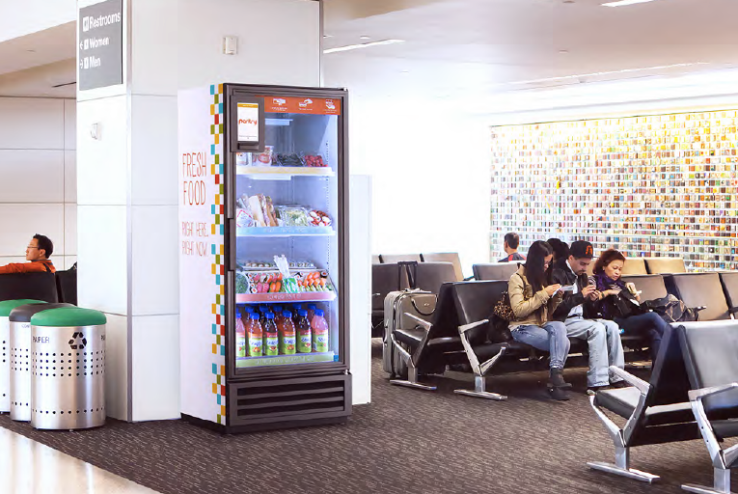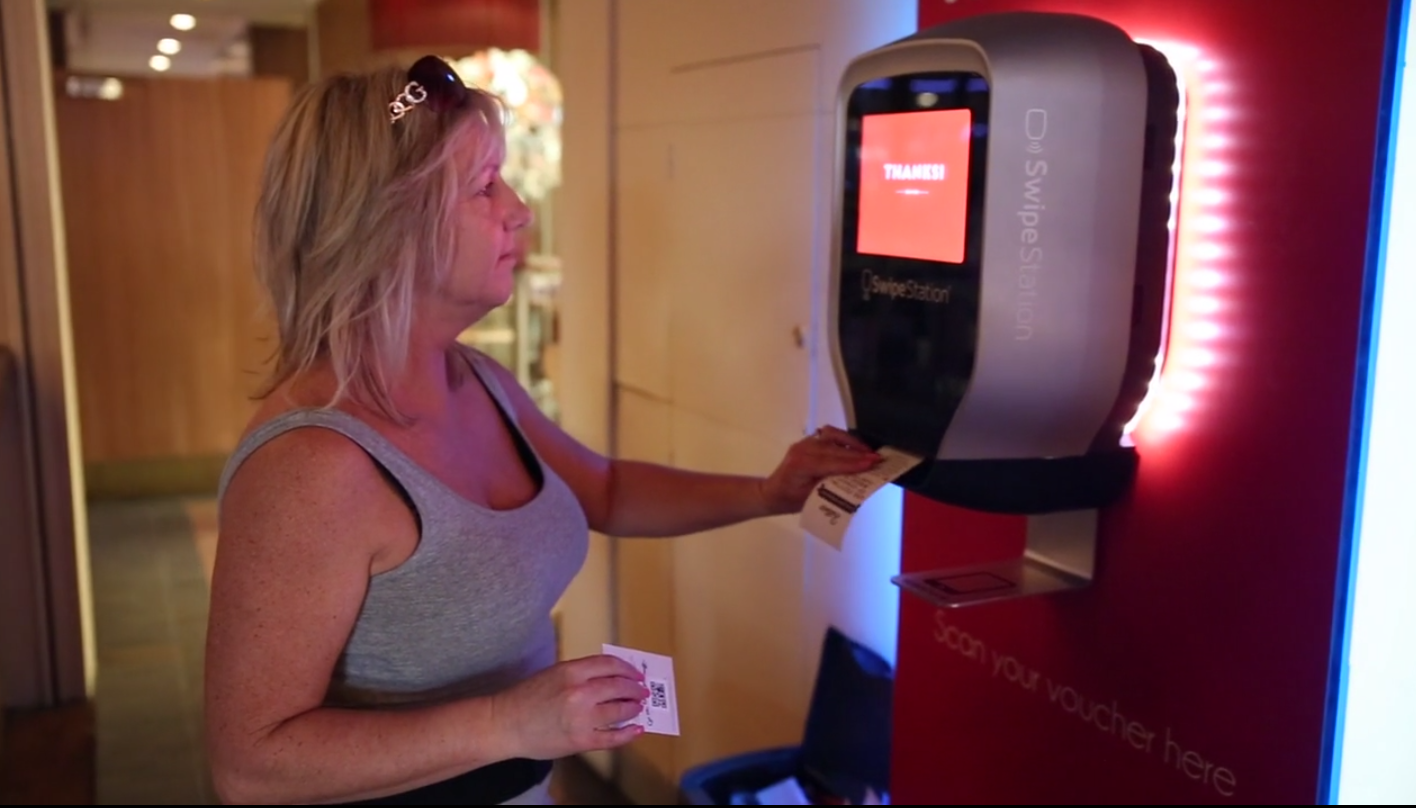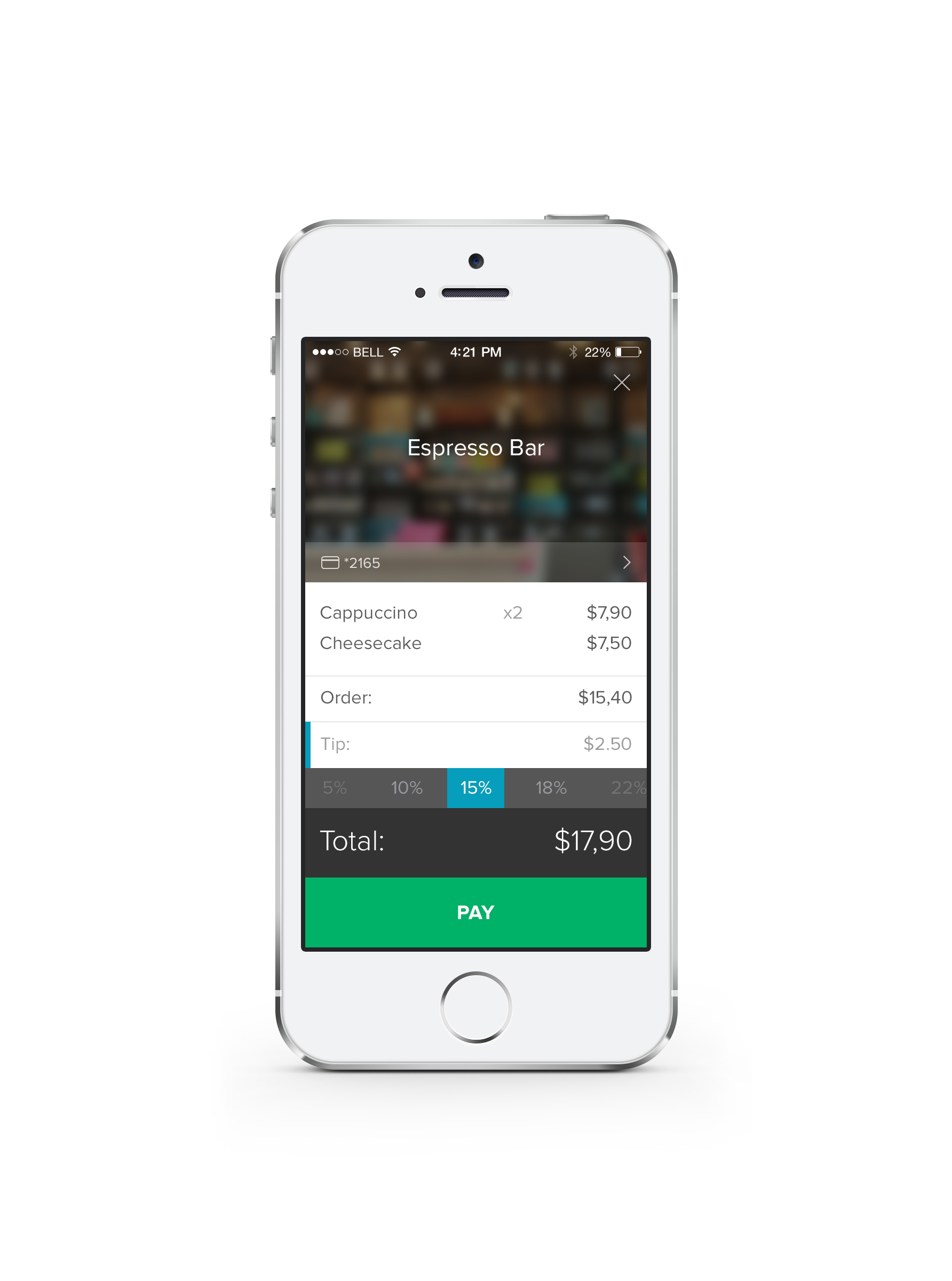 A Q&A with Pantry co-founder Alex Yancher. The San Francisco-based startup, which offers technology that enables fresh food vending machines, announced the completion of a $1.3 million Seed funding round at the start of this month. Investors include 500 Startups, Menlo Ventures, Lemnos Labs, Arsenal Venture Partners and Angel investors. It was founded in 2012 by Yancher, Tony Chen, and Art Tkachenko, and is a graduate of the Lemnos Labs incubator.
A Q&A with Pantry co-founder Alex Yancher. The San Francisco-based startup, which offers technology that enables fresh food vending machines, announced the completion of a $1.3 million Seed funding round at the start of this month. Investors include 500 Startups, Menlo Ventures, Lemnos Labs, Arsenal Venture Partners and Angel investors. It was founded in 2012 by Yancher, Tony Chen, and Art Tkachenko, and is a graduate of the Lemnos Labs incubator.
SUB: Please describe Pantry and your primary innovation.
Yancher: Pantry is a food retail solution that expands the hours and reach of a cafeteria, café, or eatery with a self-service kiosk that enables operators to sell their own fresh food and drinks anytime, anywhere.
Our primary innovation with the product is tracking each item placed inside the kiosk with an RFID label. This allows Pantry to sell any item of any shape or size from a beautifully arranged shelf, as opposed to old vending methods using coils or rotating wheels.
SUB: Who are your target markets and users?
Yancher: Our target market is any location that has a high-traffic density and has an existing food source. Hospitals, college campuses and corporate campuses are good examples. These places typically have a food source but it’s lacking—cafeterias close early, they’re far away from most people on campus, and lines are long during peak hours.
SUB: Who do you consider to be your competition, and what differentiates Pantry from the competition?
Yancher: Traditional vending is our competition. Our biggest differentiator is the data and support that we provide our customers. Vending manufacturers sell ‘dumb’ machines, while we provide a full-stack solution that includes a robust dashboard providing insights on operations to our clients, as well as a beautiful glass door kiosk able to sell any product of any shape or size.
SUB: A couple of weeks ago you announced that you’ve raised $1.3 million in Seed funding. Why was this a particularly good time to raise funding?
Yancher: We actually closed our Seed round in December but decided to only announce it now. It’s been and continues to be a great time to raise money.
 SUB: How do you plan to use the funds, and do you have plans to seek additional outside funding in the near future?
SUB: How do you plan to use the funds, and do you have plans to seek additional outside funding in the near future?
Yancher: We have used the funds to build out our engineering team as well as finance our kiosk deployments. We do plan on raising additional funding in the near-term to continue on our growth trajectory.
SUB: What was the inspiration behind the idea for Pantry? Was there an ‘aha’ moment, or was the idea more gradual in developing?
Yancher: The idea for Pantry was a gradual development. We initially had a fresh food vending concept called Pantry but it didn’t take us long to realize that we were great at technology but weren’t equipped to run a food and operations business. This led us to seek out clients who knew food but lacked the technology to sell it without a cashier.
SUB: What were the first steps you took in establishing the company?
Yancher: The first step we took was to build the team. The second step was getting into the Lemnos Labs hardware incubator for some very early capital and mentoring support.
SUB: How did you come up with the name? What is the story or meaning behind it?
Yancher: The name for Pantry originated from our first name, ‘Pantre.’ Pantre is still pronounced ‘pantry,’ but most people would say ‘pan-tray.’ So, we decided to change the name to something simpler: ‘Pantry.’ We thought this name evoked a feeling of home—an extension of your kitchen, much like we’re now trying to be an extension of a cafeteria or café.
SUB: How do you generate revenue or plan to generate revenue?
Yancher: We generate revenue by leasing the Pantry solution for a monthly fee, plus we charge for each RFID label provided.
SUB: What are your goals for Pantry over the next year or so?
Yancher: Our goal for Pantry is to continue to build our program at campuses in dire need of fresh food at all hours, as well as opening up new use cases. For example, in September we will be deploying a Pantry at a fast-casual restaurant in San Francisco to help them manage their long lines during peak hours.












